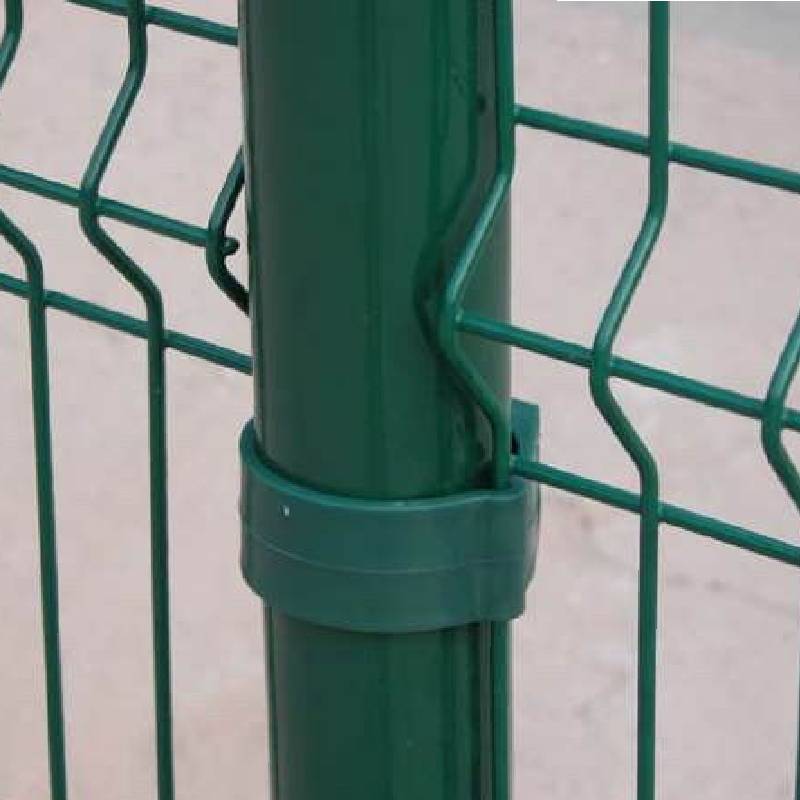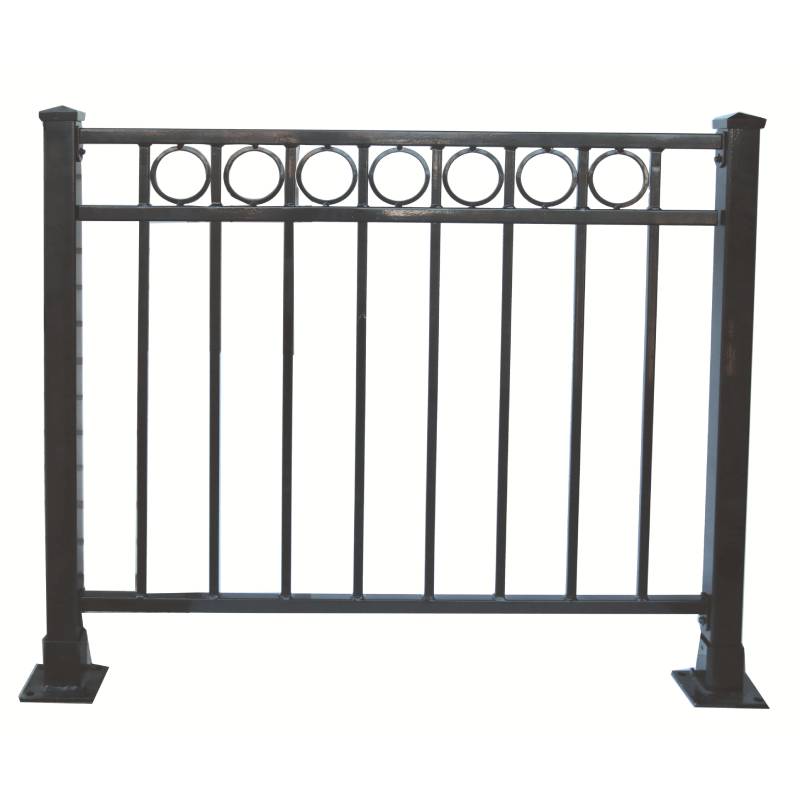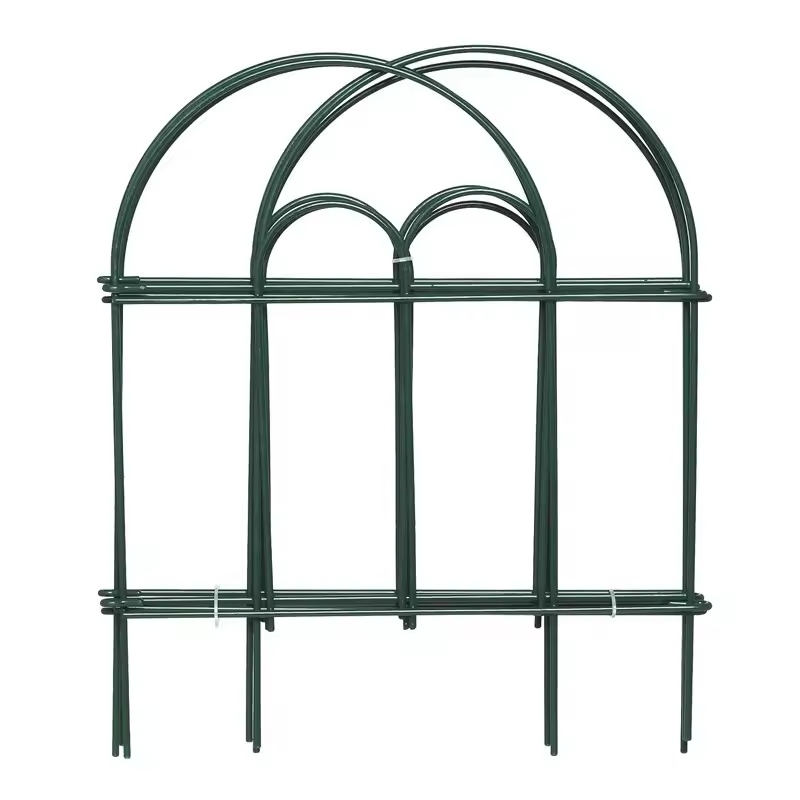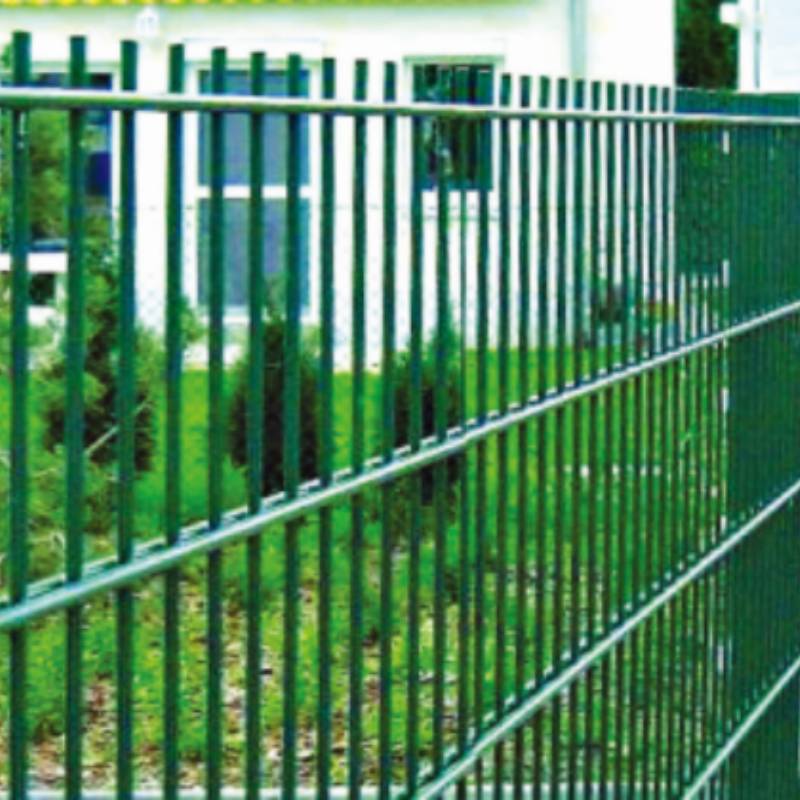-
Imeri:zhao@hyliec.cn
-
Tel:+86 311 85273988
-
WhatsAPP:8613931128750
-
 Umunyafurika
Umunyafurika -
 Ikinyalubaniya
Ikinyalubaniya -
 Amharic
Amharic -
 Icyarabu
Icyarabu -
 Ikinyarumeniya
Ikinyarumeniya -
 Azaribayijan
Azaribayijan -
 Basque
Basque -
 Biyelorusiya
Biyelorusiya -
 Ikibengali
Ikibengali -
 Bosiniya
Bosiniya -
 Buligariya
Buligariya -
 Igikatalani
Igikatalani -
 Cebuano
Cebuano -
 Corsican
Corsican -
 Igikorowasiya
Igikorowasiya -
 Ceki
Ceki -
 Danemark
Danemark -
 Ikidage
Ikidage -
 Icyongereza
Icyongereza -
 Esperanto
Esperanto -
 Esitoniya
Esitoniya -
 Igifinilande
Igifinilande -
 Igifaransa
Igifaransa -
 Igifaransa
Igifaransa -
 Abagalatiya
Abagalatiya -
 Jeworujiya
Jeworujiya -
 Ikidage
Ikidage -
 Ikigereki
Ikigereki -
 Gujarati
Gujarati -
 Igikerewole
Igikerewole -
 hausa
hausa -
 hawaiian
hawaiian -
 Igiheburayo
Igiheburayo -
 Oya
Oya -
 Miao
Miao -
 Hongiriya
Hongiriya -
 Isilande
Isilande -
 igbo
igbo -
 Indoneziya
Indoneziya -
 irish
irish -
 Umutaliyani
Umutaliyani -
 Ikiyapani
Ikiyapani -
 Javanese
Javanese -
 Kannada
Kannada -
 kazakh
kazakh -
 Khmer
Khmer -
 Rwanda
Rwanda -
 Igikoreya
Igikoreya -
 Kurdish
Kurdish -
 Kirigizisitani
Kirigizisitani -
 Igituntu
Igituntu -
 Ikilatini
Ikilatini -
 Ikilatini
Ikilatini -
 Lituwaniya
Lituwaniya -
 Luxembourgish
Luxembourgish -
 Abanyamakedoniya
Abanyamakedoniya -
 Malgashi
Malgashi -
 Malayika
Malayika -
 Malayalam
Malayalam -
 Maltese
Maltese -
 Maori
Maori -
 Marathi
Marathi -
 Mongoliya
Mongoliya -
 Miyanimari
Miyanimari -
 Nepali
Nepali -
 Noruveje
Noruveje -
 Noruveje
Noruveje -
 Occitan
Occitan -
 Pashto
Pashto -
 Persian
Persian -
 Igipolonye
Igipolonye -
 Igiporutugali
Igiporutugali -
 Punjabi
Punjabi -
 Ikinyarumaniya
Ikinyarumaniya -
 Ikirusiya
Ikirusiya -
 Samoan
Samoan -
 Abanya-Gaelic
Abanya-Gaelic -
 Igiseribiya
Igiseribiya -
 Icyongereza
Icyongereza -
 Shona
Shona -
 Sindhi
Sindhi -
 Sinhala
Sinhala -
 Igisilovaki
Igisilovaki -
 Igisiloveniya
Igisiloveniya -
 Somaliya
Somaliya -
 Icyesipanyoli
Icyesipanyoli -
 Sundanese
Sundanese -
 Igiswahiri
Igiswahiri -
 Igisuwede
Igisuwede -
 Tagalog
Tagalog -
 Tajik
Tajik -
 Tamil
Tamil -
 Tatar
Tatar -
 Telugu
Telugu -
 Tayilande
Tayilande -
 Turukiya
Turukiya -
 Abanyaturukiya
Abanyaturukiya -
 Ukraine
Ukraine -
 Urdu
Urdu -
 Uighur
Uighur -
 Uzbek
Uzbek -
 Abanya Vietnam
Abanya Vietnam -
 Welsh
Welsh -
 Ubufasha
Ubufasha -
 Yiddish
Yiddish -
 Yoruba
Yoruba -
 Zulu
Zulu
Uruzitiro
Wholesale Metal Fence Panels ?
Wholesale metal fence panels are a popular choice for those looking for durable and secure fencing solutions. These panels are often made steel materials providing a
strong and long-lasting option for garden fencing. They are available in various designs and sizes, making them suitable for a wide range of applications. Wholesale options offer cost-effective solutions for purchasing metal fence panels in bulk, making them ideal for contractors, landscapers, and property developers looking to install fencing on a larger scale.
Is It Cheaper To Buy Fence Panels Or Build Them?
The cost of buying fence panels versus building them can vary depending on several factors. In general, buying pre-made fence panels can be cheaper and more time-efficient than building them from scratch. Pre-made panels are mass-produced, which often makes them more cost-effective due to economies of scale. Additionally, purchasing fence panels can save on labor costs, as they are typically easier and quicker to install compared to building a fence from individual components. However, building a fence from raw materials allows for more customization and control over the design, which may be a priority for some individuals. It's important to consider the specific requirements, budget, and time constraints when deciding whether to buy or build fence panels.
How To Install A Panel Fence?
To install a panel fence involves several steps:
1. Measure and plan: Determine the length of the fence and calculate the number of panels needed. Plan the layout and ensure the fence posts are installed at the appropriate intervals to accommodate the panels.
2. Install the posts: Dig holes for the fence posts, ensuring they are deep enough to provide stability. Set the posts in concrete and allow them to cure before attaching the panels.
3. Attach the panels: Once the posts are set, attach the panels to the posts using appropriate fasteners such as screws or nails. Ensure the panels are level and properly aligned.
4. Add finishing touches: Depending on the type of panels used, additional finishing touches such as capping, trim, or paint may be required to enhance the appearance and durability of the fence.
5. Maintenance: Regular maintenance, such as cleaning and sealing, may be necessary to ensure the longevity of the fence panels.
It's important to follow the manufacturer's instructions and local building codes when paneling a fence to ensure proper installation and compliance with regulations. If in doubt, it's advisable to consult with a professional or seek guidance from experienced individuals.








